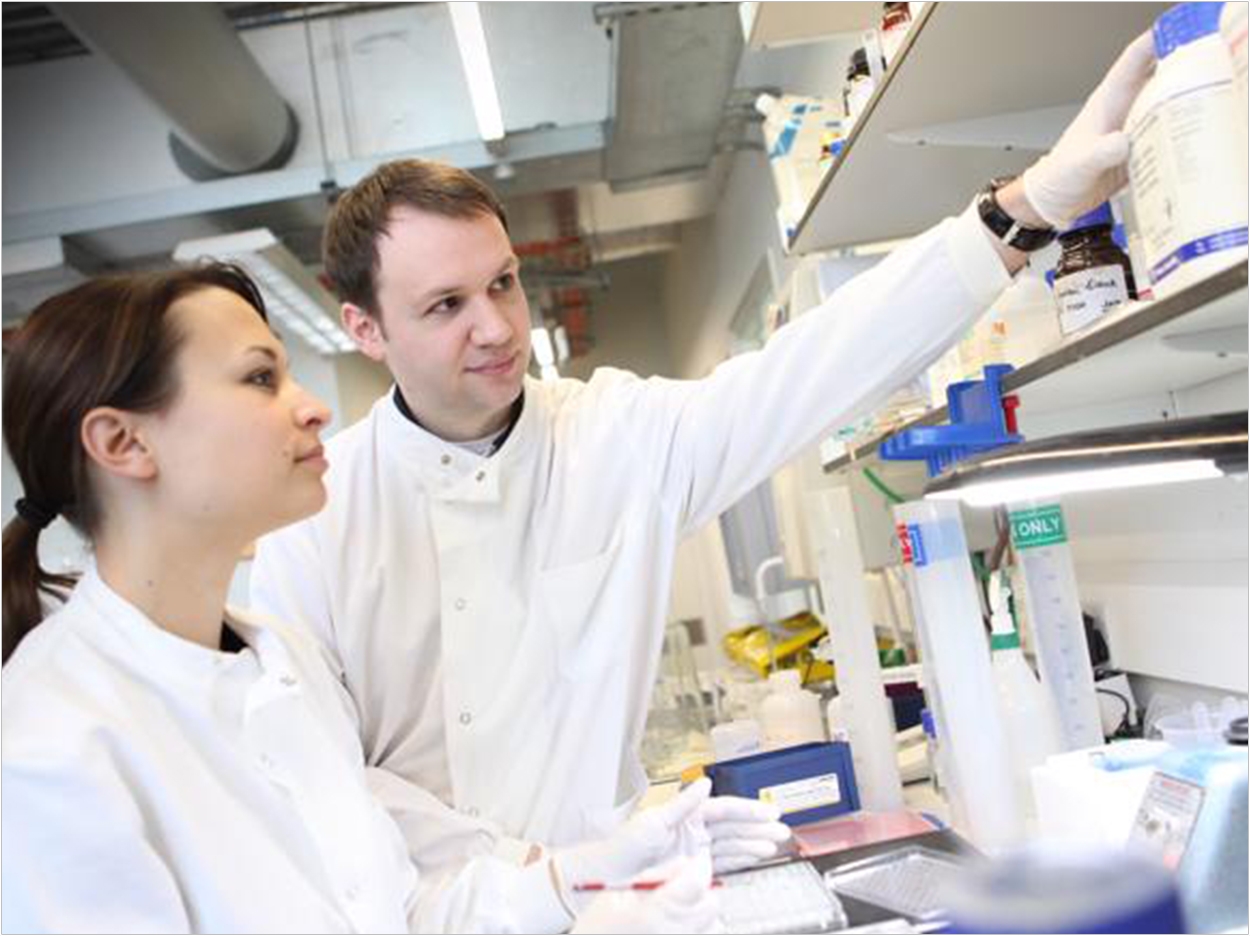
As researchers around the world look to stem cells for potential tissue regeneration therapies, researchers at the King’s College London Faculty of Dentistry, Oral & Craniofacial Sciences are investigating the molecular mechanisms that operate to restrict pericyte-derived mesenchymal stem cell (MSC) differentiation as well as the consequences of therapeutic use.
Stem cells are present in the stroma or connective tissue of most tissues and organs. Collectively known as MSCs, they share common attributes, including their ability to give rise to multiple mature mesenchymal cell types such as odontoblasts, osteoblasts, myoblasts, and chondrocytes following culture. This ability to differentiate into multiple cell types has made MSCs an attractive cell population for use in numerous regenerative applications.
Experimental observations have identified cells intimately associated with the vasculature (pericytes) that, when isolated and expanded in culture, behaved as MSCs. Genetic lineage tracing studies that followed pericyte differentiation during tissue homeostasis, regeneration, and repair then indicated that they also can give rise to differentiated cell types in a tissue-dependent context.
The researchers say that these experiments firmly established pericytes as a source of MSC precursors in multiple tissues, including as tooth, bone, and skeletal muscle. But while the ubiquitous nature of pericytes makes them an obvious source of tissue-resident stem cells, the researchers add that the question of how their differentiation is restricted in different tissues and how and why this is apparently lost following culture is currently unclear.
The study, “Perivascular-Derived Mesenchymal Stem Cells,” was published by the Journal of Dental Research.
Related Articles
Researchers Uncover Multiple Cell Types Involved in Tooth Development
Stem Cells Used to Regenerate Pulp and Dentin
Stem Cells Tap Reserves for Rapid Tooth Growth












